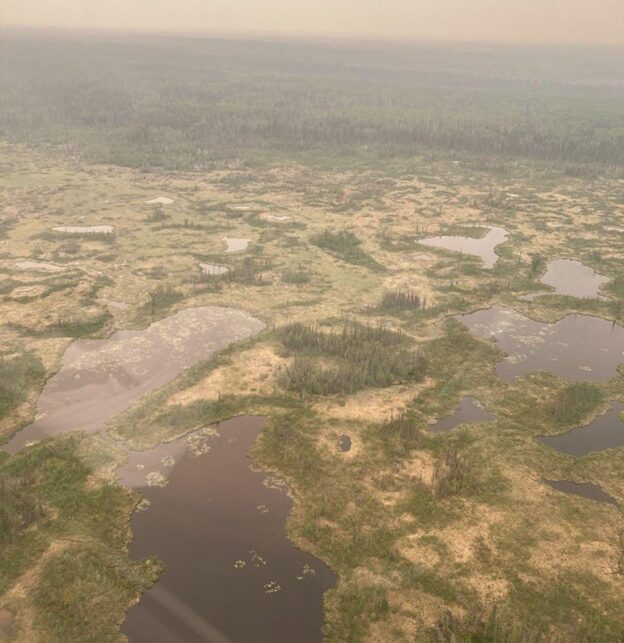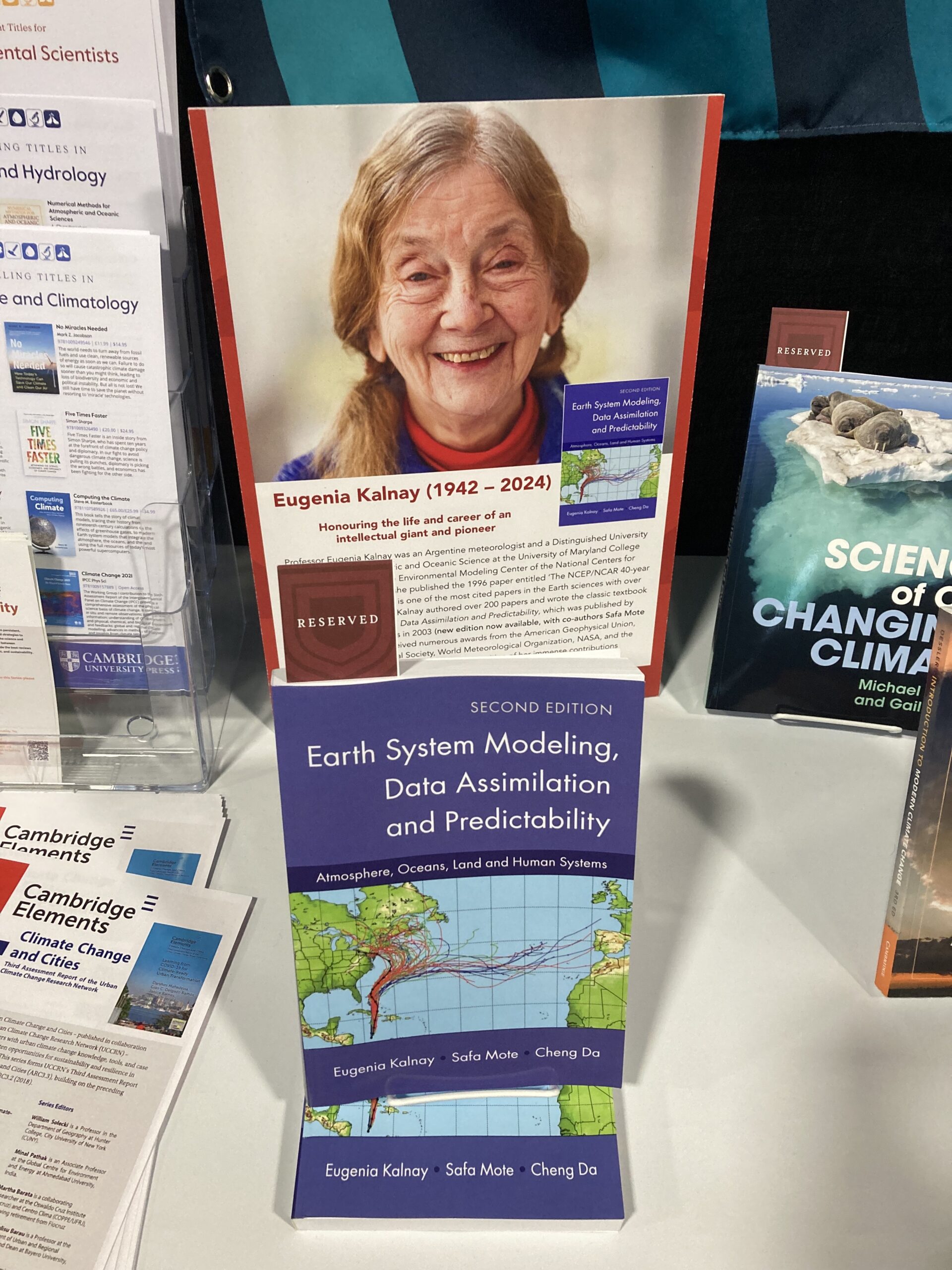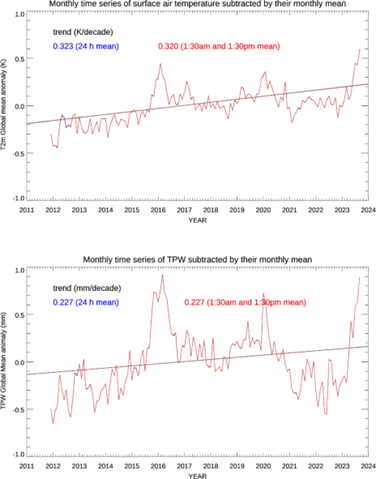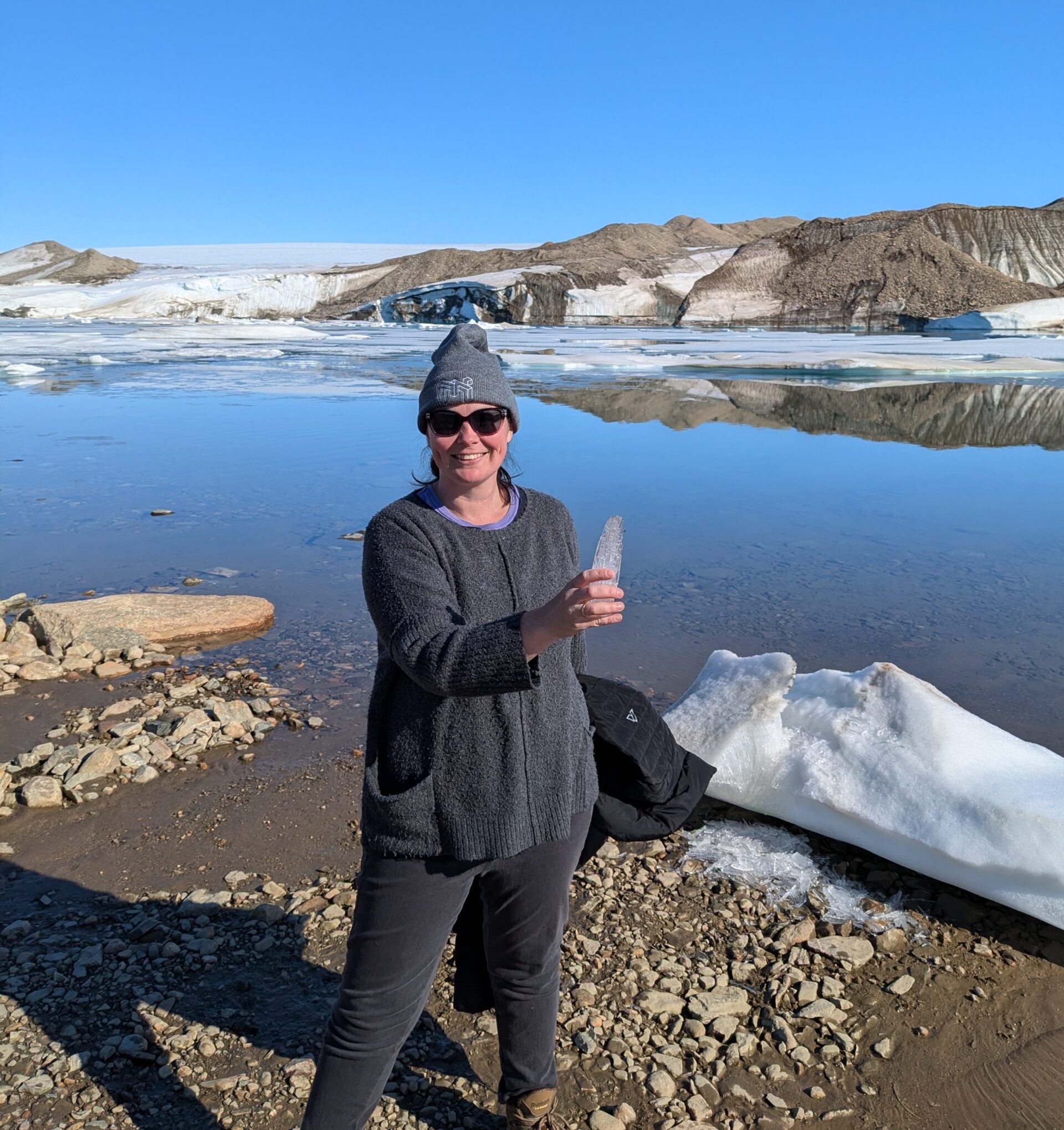Atmospheric Composition and Processes
The atmosphere links the components of the Earth System, including the oceans, geosphere, terrestrial and marine biospheres, and cryosphere. As a result, the atmosphere is the conduit for change on a local, regional and global scale. Natural events and human activities can change atmospheric composition, which in turn alters Earth’s radiative balance. Subsequent responses by the climate system and the stratospheric ozone layer can influence both natural systems and the biosphere. The atmosphere represents the fast response of the coupled Earth System. Given the rapid and often global dispersal of chemical emissions into the atmosphere, the importance of atmospheric observation as an indicator of global change is evident.
ESSIC’s research is oriented toward understanding, monitoring, and predicting the interrelationships of changes in atmospheric composition, climate, ozone-layer depletion, and surface-level chemical and radiative exposure. The Atmospheric Composition and Processes theme encapsulates the expertises of Climate Variability/Policy and Satellite Calibration/Validation. Key questions involving Earth System interactions include:
- How do atmospheric composition changes alter the radiative balance of the climate system (and vice versa)?
- What are the interactions between the climate system and the ozone layer?
- What are the effects of regional pollution on the global atmosphere, and the effects of global climate and chemical change on regional air quality?
- What effect do human activities and natural ecosystems have on atmospheric composition and, in turn, how are human activities and natural ecosystems affected by changes in atmospheric composition caused by alteration of global and regional climate, ozone- layer/ultraviolet radiation, and pollutant exposures?
Projects
| Project Name | Sponsor | Principal Investigator | Links |
|---|---|---|---|
| Data Assimilation | NOAA | Kayo Ide | N/A |
| Global Modeling and Assimilation (GMAO) | NASA | Isaac Moradi | Website |
| Cloud and Aerosols | NOAA | Zhanqing Li | N/A |
Affinity Groups
In The News
![Figure 3. Monthly TPW anomaly time series shown in red for ERA5 and blue for MiRS SNPP, 2012-2021. The straight lines are the linear regression fits. [a] is for global, [b] for Tropics, and [c] for mid-latitude regions, respectively.](https://essic.umd.edu/wp-content/uploads/2024/11/grassotti-zhou.png)





